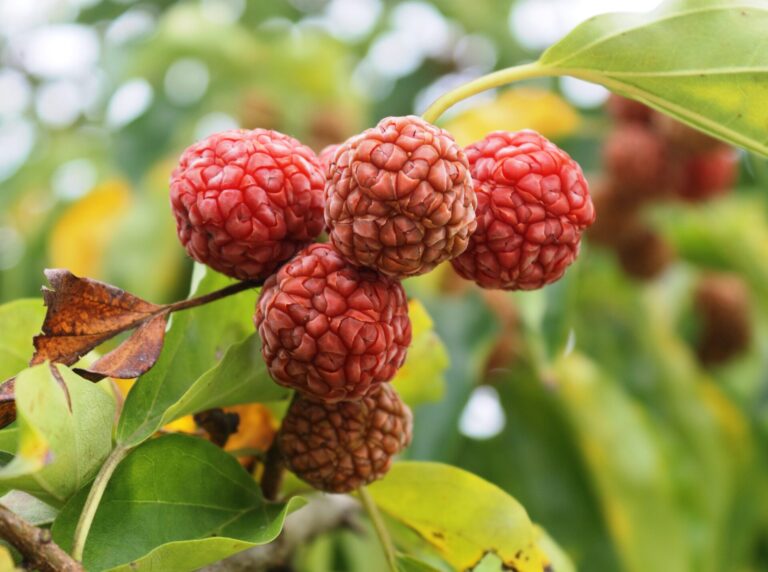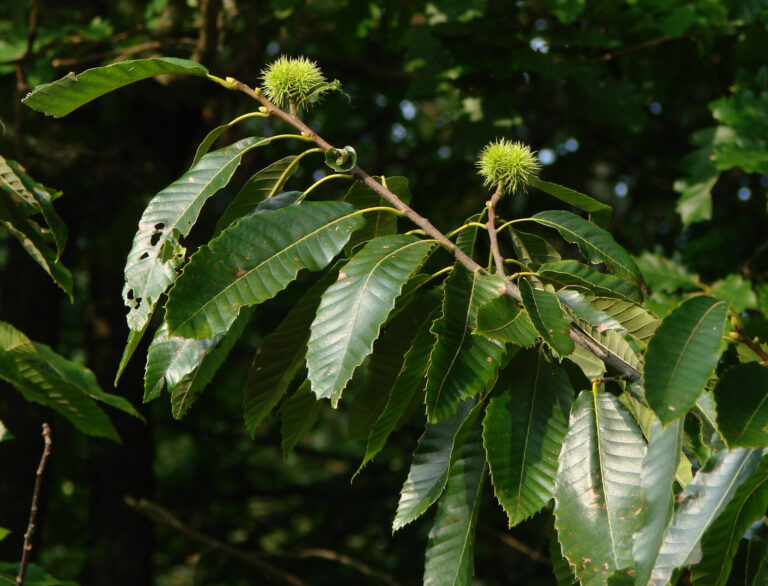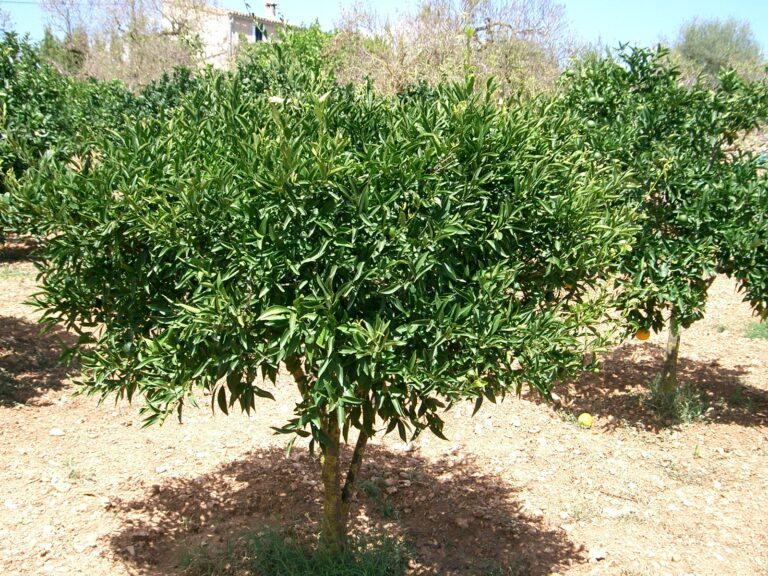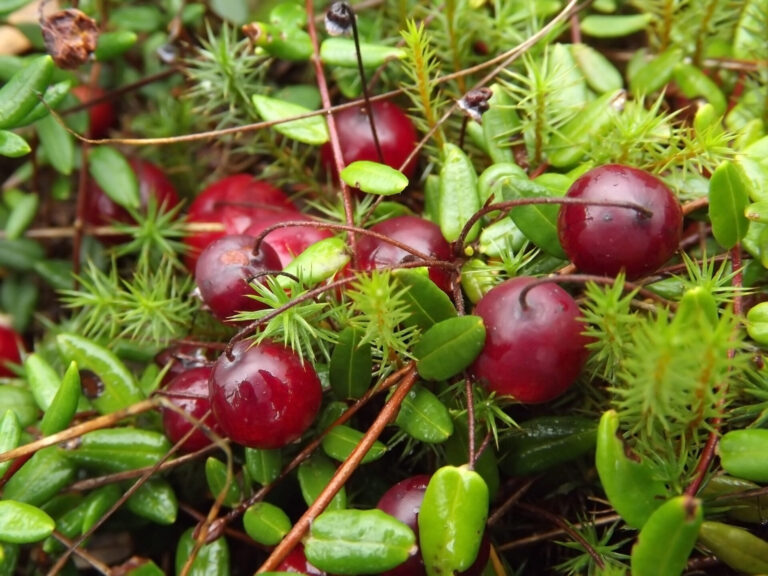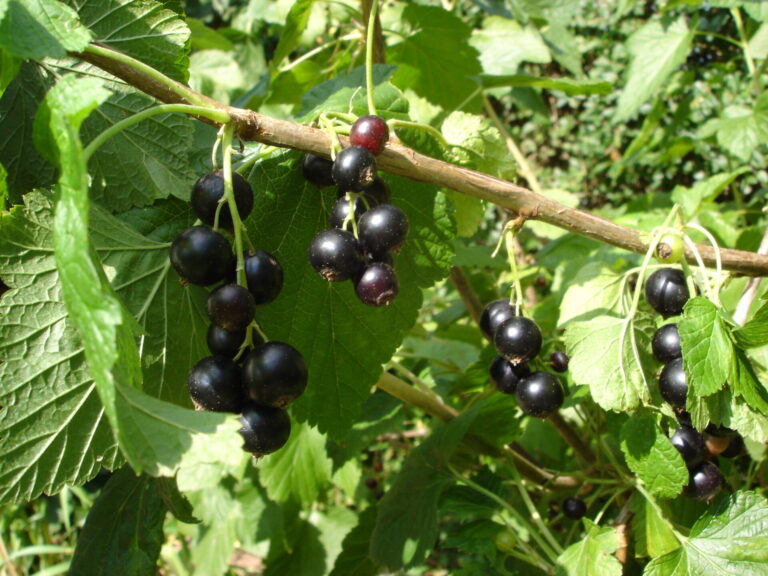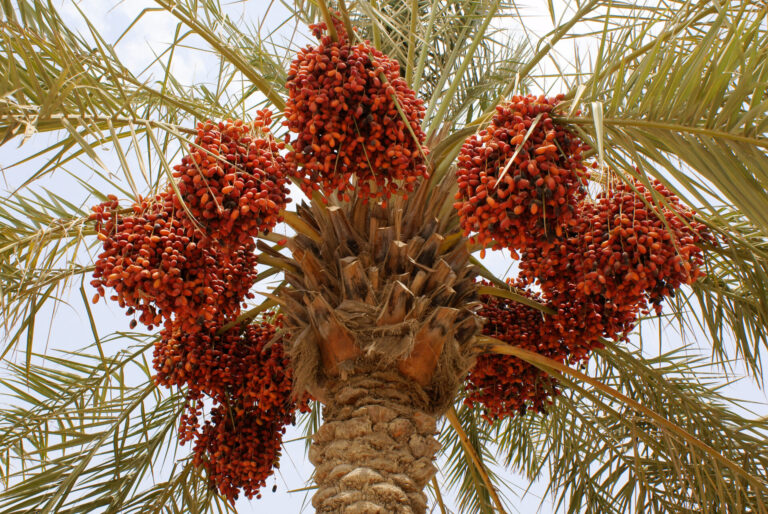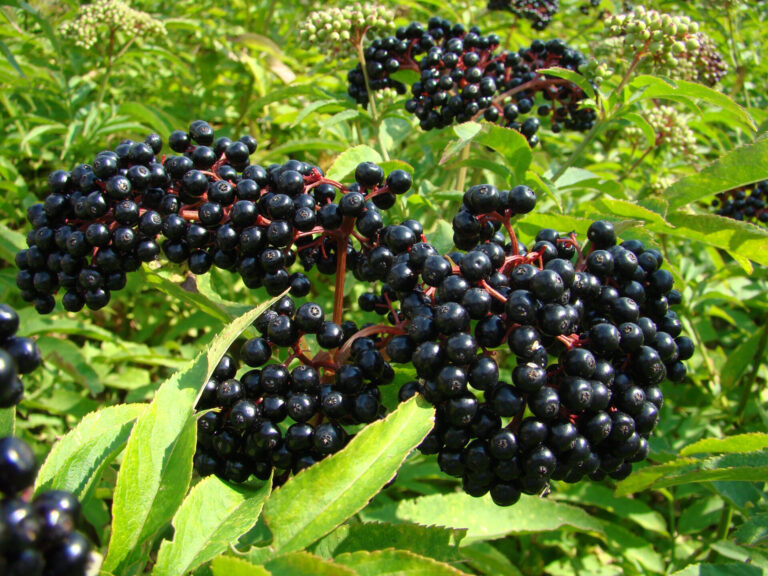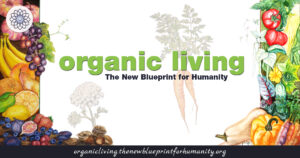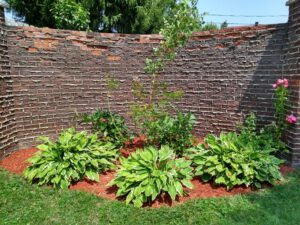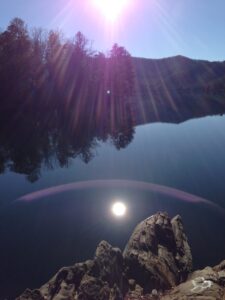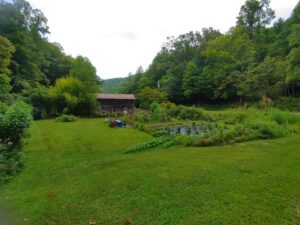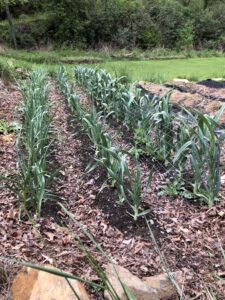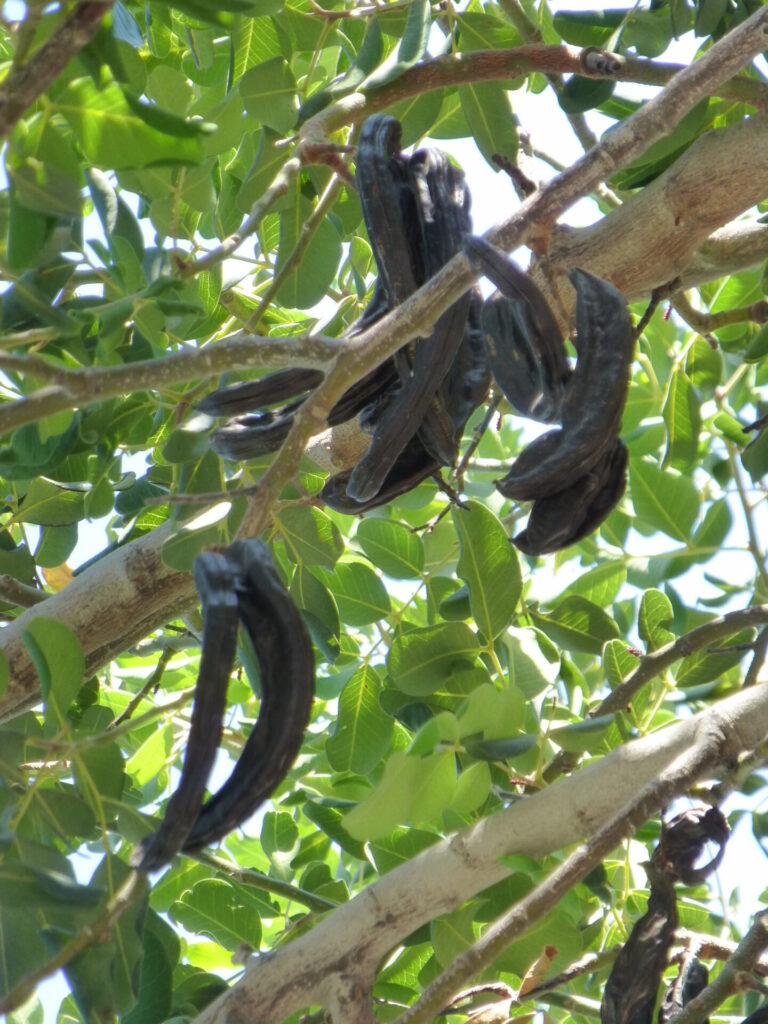
Carob Tree
This is from a Carobaceae classification and the carob pods are edible. Carob(Ceratonia Siliqua) is member of the Fabaceae (Legume) family. (technically, locust trees are twogenera of plants, Robinia or Gleditsia and there are more than 22 species of locust trees. The ripe, dried, and sometimes toasted pod is often ground into carob powder where the powderand chips can be used as a chocolate alternative in most recipes. Carob flowers attract honey beesand in areas with healthy bee populations the very distinct aroma, blooming trees will be coveredwith thousands of bees. Information states that it is a dioecious tree,

